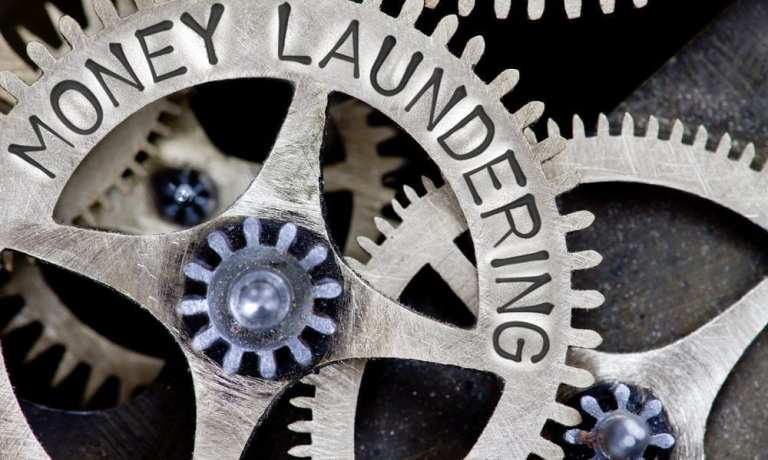AML Expenses Eat Into Nordic Lenders’ Profits

Anti-money-laundering compliance controls have impacted Nordic banks’ bottom lines.
The region’s largest financial institutions — Swedbank AB, Nordea Bank ABP and Danske Bank A/S— have had to spend a good chunk of money on new compliance systems and the hiring of staff members after all have faced allegations of moving dirty money.
“The banks in my view that will be successful in the future are the banks that tackle compliance issues head on,” said Chris Vogelzang, Danske’s CEO, according to The Wall Street Journal.
Last year, Danske revealed that more than $230 billion in suspicious funds, mostly from Russia, moved through a small branch in Estonia. As a result, Denmark’s biggest bank is being investigated by several countries, including the U.S., and could get hit with massive fines. And in May, Thomas Borgen, the bank’s former chief executive, became the first person to be charged in relation to the scandal.
Investments in additional compliance staff and technology pushed quarterly expenses higher, and will continue to do so in the months ahead. Danske’s operating costs, for example, during the first six months of this year increased 12 percent from a year earlier.
Last week, Nordea’s CEO said that the bank’s spending on compliance systems has recently stabilized, but that it is currently looking into ways to improve compliance through automation.
“We were behind the game in the beginning,” Casper von Koskull said. “But now I think we are partly ahead of the game, at least compared to some.”
And Swedbank revealed that its expenses went up 12 percent from a year earlier, mostly from investments in compliance, as well as an investigation by an external law firm into past issues.
“I am not in a position, and I don’t think any other CEO of any bank would be in a position, to say that everything looks dandy today,” said Anders Karlsson, acting president and CEO of Swedbank.